Outdoor Gardens,
Lobby + Gift Shop
April - September
10 am – 6 pm daily
October - March
10 am – 4 pm daily
Bolz Conservatory
Closed March 11 - June 14 for Planned Maintenance
Schumacher Library
Permanently Closed
April - September
10 am – 6 pm daily
October - March
10 am – 4 pm daily
Closed March 11 - June 14 for Planned Maintenance
Permanently Closed
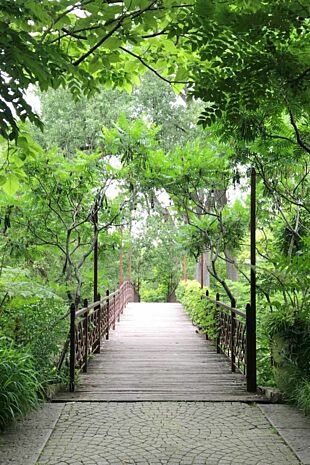
Plants are great, but it's the people that make our garden special.
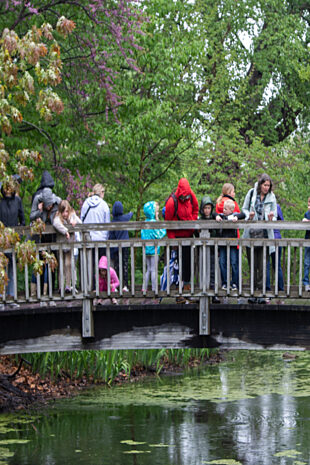
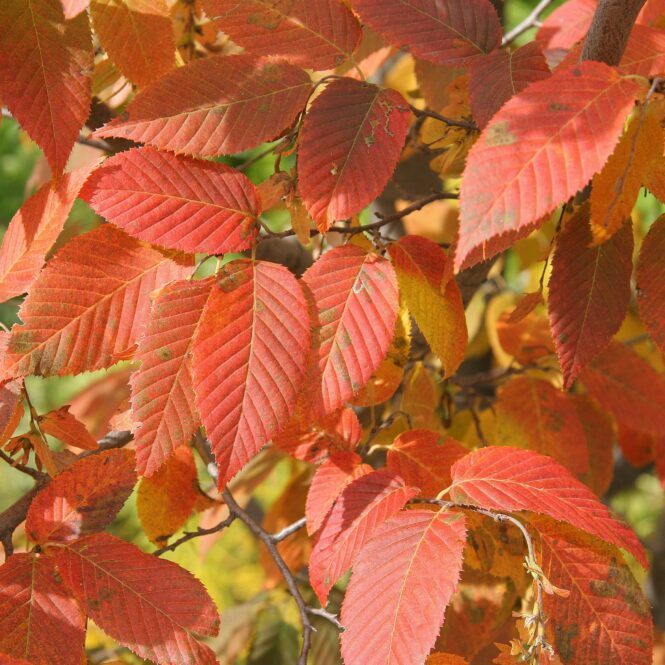
Plants with multiple seasons of ornamental interest are highly valued by gardeners. The American hornbeam, Carpinus caroliniana, is such a plant.
This small, native, understory tree can be found naturally in moist, deciduous woods. It exhibits an attractive, rounded form and could be planted as a specimen tree for shady sites in your home landscape or as part of a naturalized, woodland area. Hornbeams may also be planted as a hedge for an effective screen. They can easily be sheared to shape or hand-pruned (like we do at the Gardens) to maintain plants truer to their natural form.
Serrated, dark green leaves during the summer months give way to lovely shades of yellow, orange, and red in the fall. Winter exposes the beautiful blue-gray bark and long, fluted ridges of the trunk and larger branches. The distinctive fluting of the wood is reminiscent of muscles and gives rise to the common name musclewood for this tree. Don’t be alarmed if you see Carpinus trees retaining their leaves during the winter months. The American hornbeam exhibits a curious phenomenon called marcescence, or the retention of withered leaves. (There is scant scientific evidence for why this occurs in some tree species.)
You’ll find Carpinus caroliniana trees throughout the Gardens. We recently planted a hedge of hornbeams comprised of 20 seed-grown trees, closely spaced, near the Monument Patio. It is developing into an excellent screen. In addition, we planted a number of trees from a seed strain of American hornbeam, called J. N. Strain, which has been hand selected for brilliant fall color. Planting seed grown trees in the Gardens helps to promote genetic diversity in our plantings. I hope you check out these beautiful trees during your next visit!
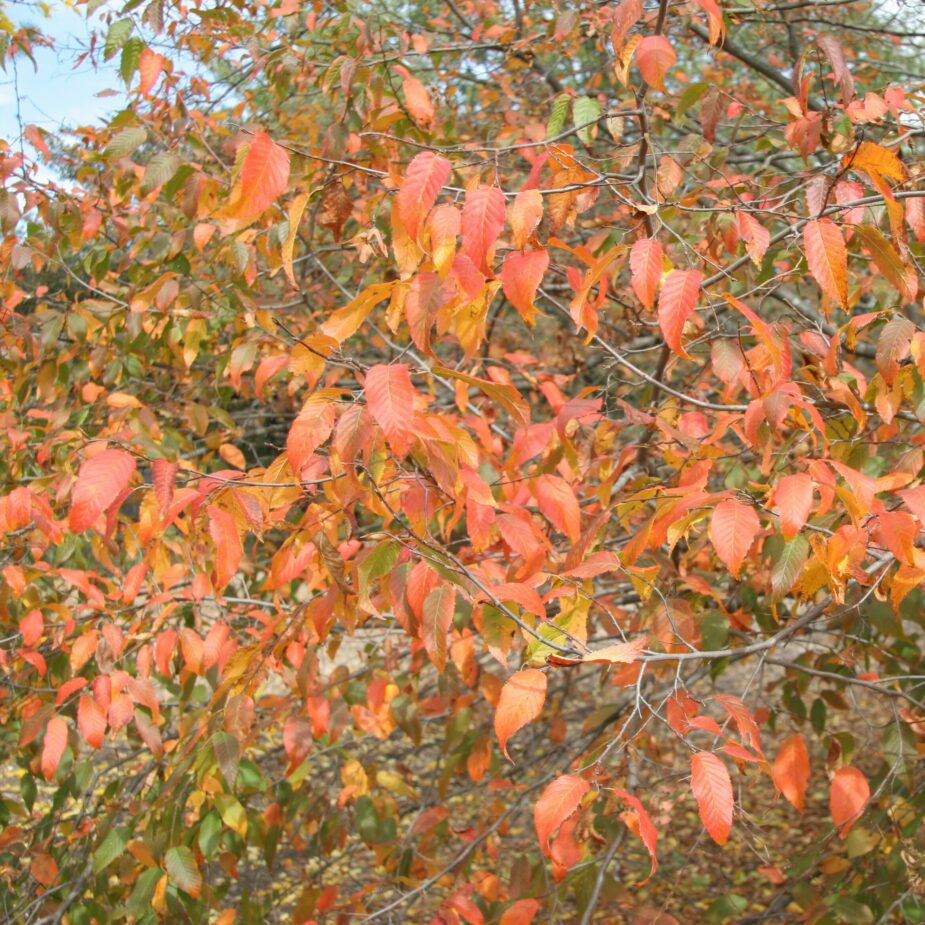
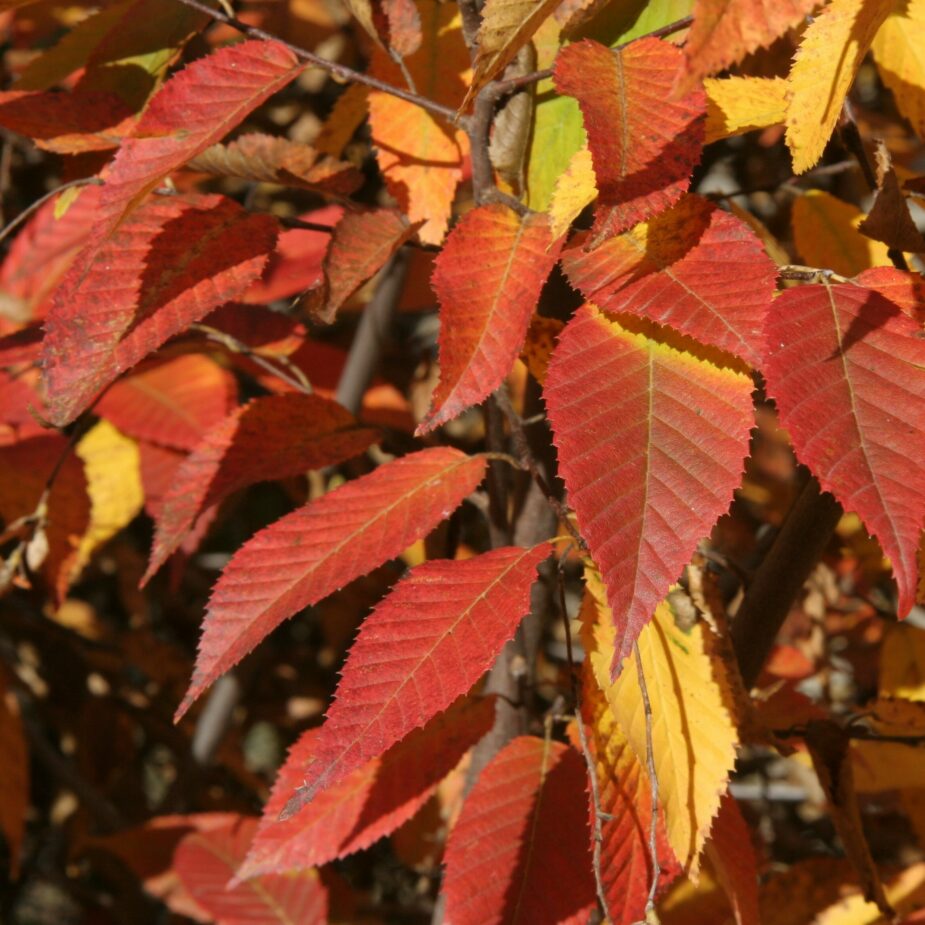
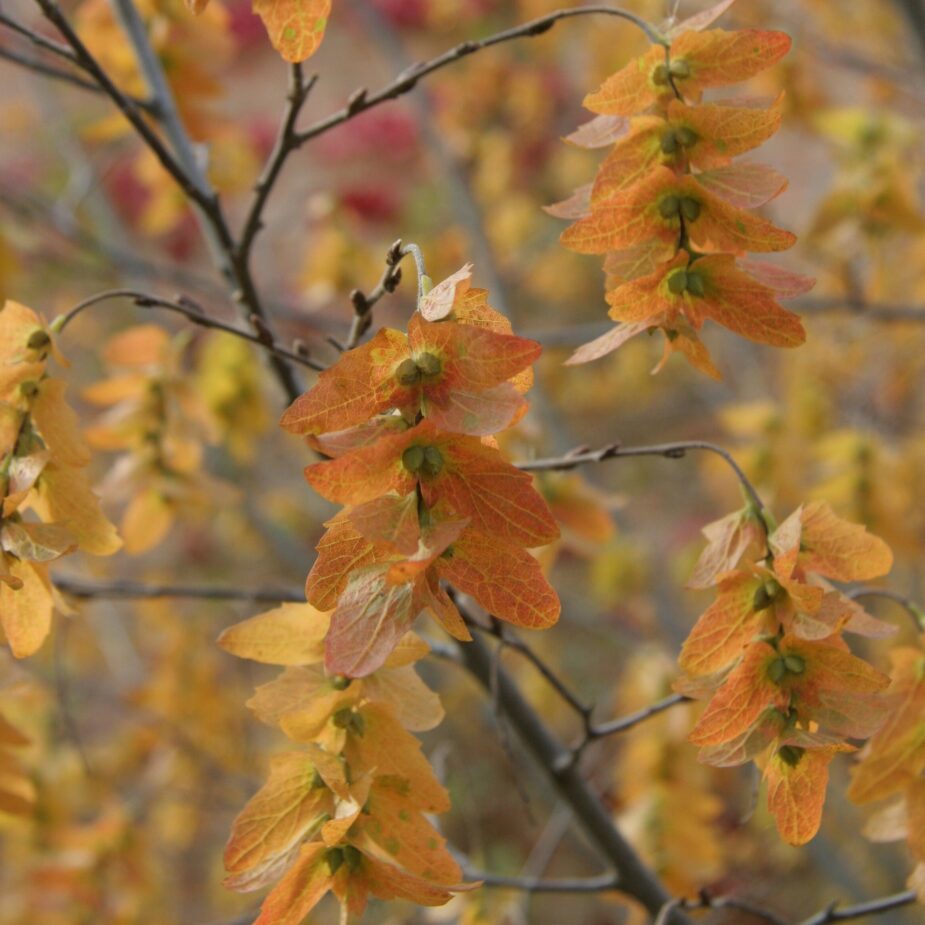
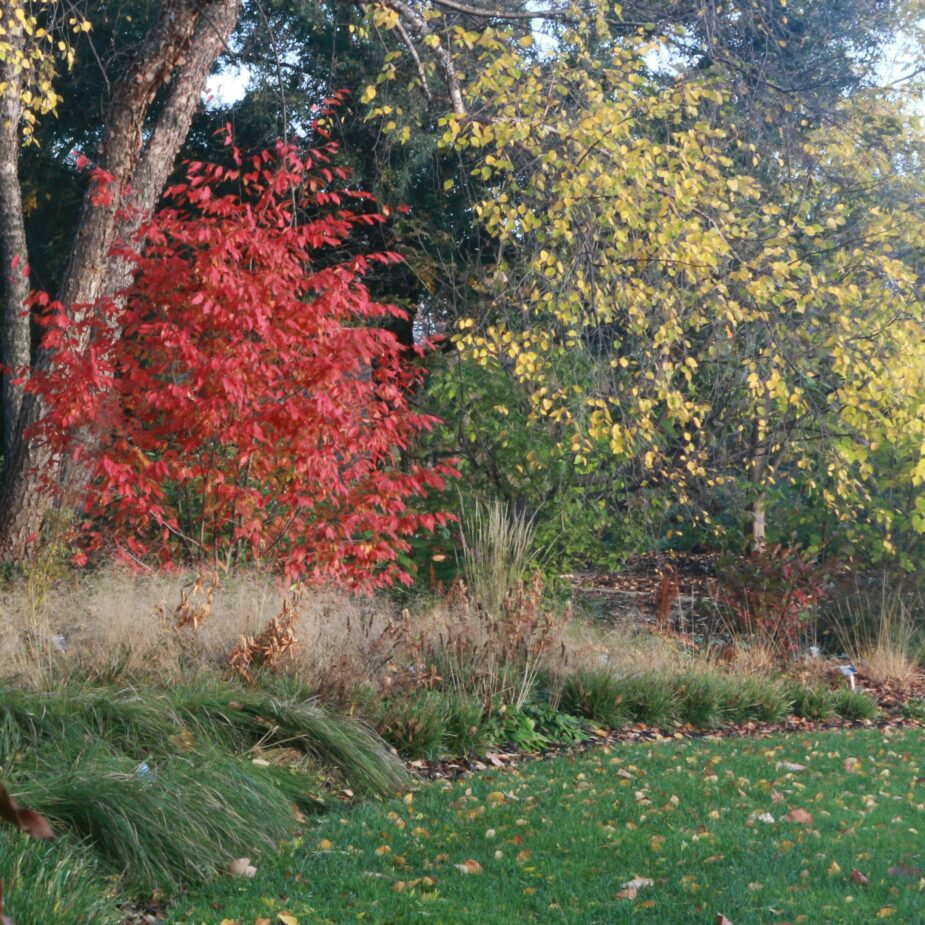
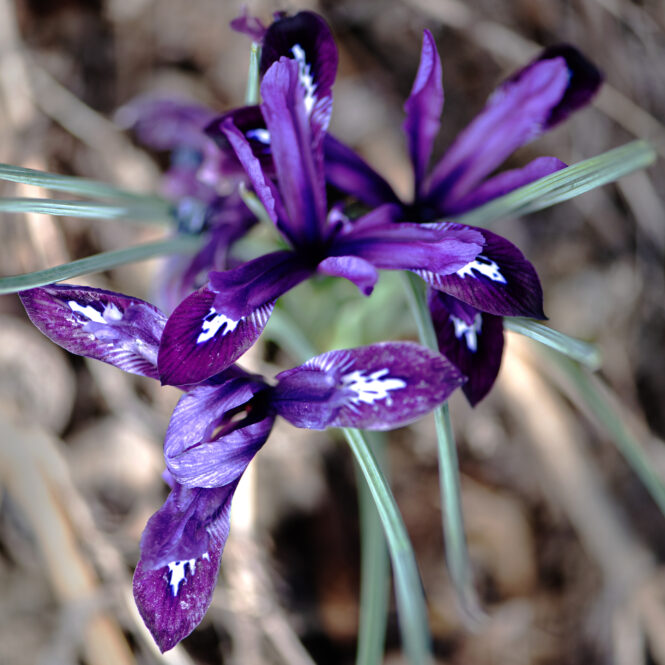
Spring in Wisconsin may not be for everyone, but we’re working on gaining converts. Check out our Top 5 insider tips on how to learn to love spring in the gardens.
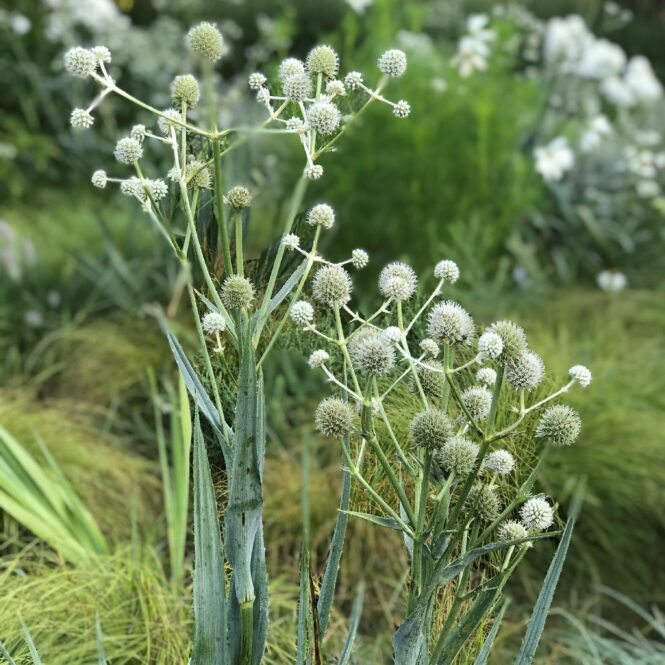
Rattlesnake Master - Its name might sway you to think of cowboys, tumbleweeds, and the wild West. However, it is a true Midwestern native with its roots deeply planted in Wisconsin soil.
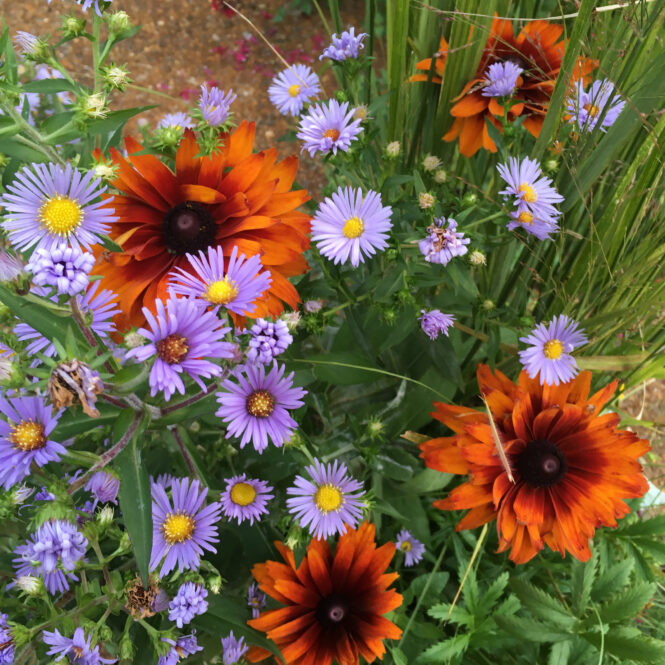
Spring is the time to plan for floral and foliage color to keep your garden engaging until the first frosts and beyond.